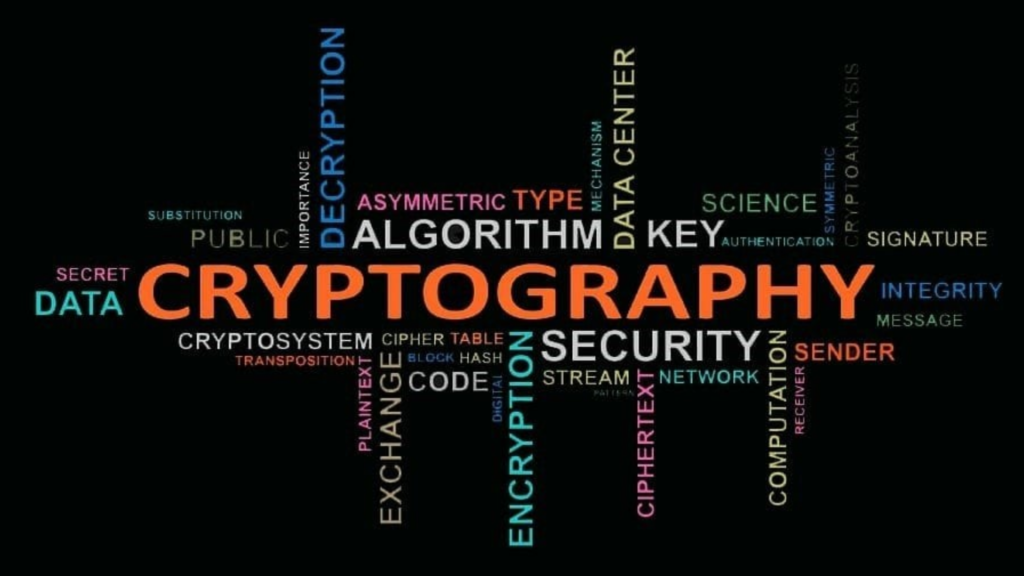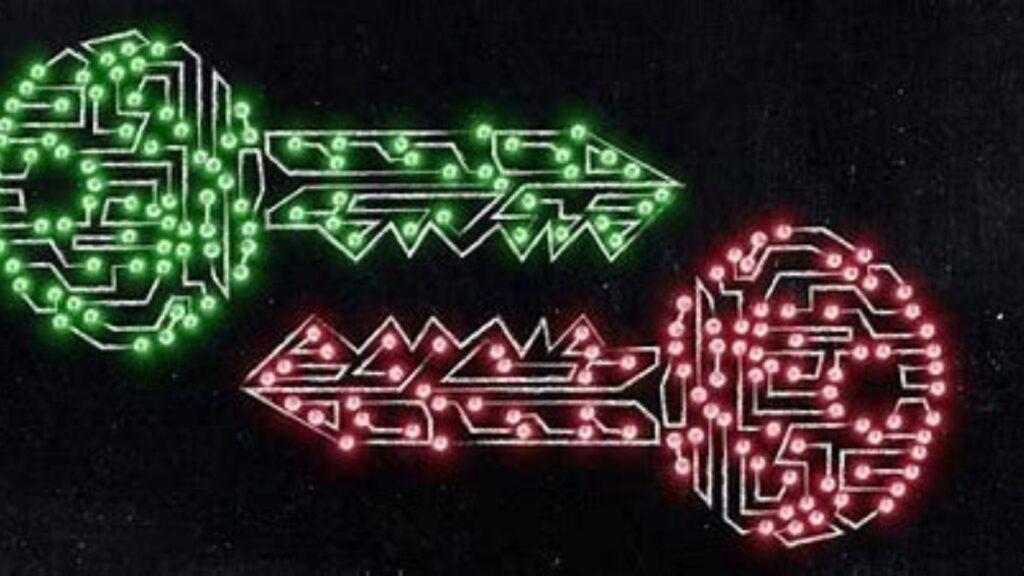What Is Cryptography?
Navigating the Digital Enigma: A Deep Dive into the World of Cryptography

What Is Cryptography?
Cryptography is the science and art of securing communication and information through the use of codes and ciphers. It involves techniques such as encryption, hashing, and digital signatures to ensure confidentiality, integrity, and authentication.

Introduction
In the ever-evolving landscape of technology and digital communication, the need for secure and private information exchange has become paramount. Cryptography, a centuries-old art and science, plays a pivotal role in safeguarding sensitive data from prying eyes. In this article, we will delve into the fascinating world of cryptography, exploring its history, principles, and modern applications.
Historical Roots
The roots of cryptography trace back to ancient civilizations where secret codes and ciphers were used to conceal messages from adversaries. One of the earliest recorded instances is the Caesar Cipher, employed by Julius Caesar to encode military communications during his campaigns. Over the centuries, cryptographic techniques evolved, and during World War II, notable advancements were made with the creation of machines like the German Enigma, which encrypted messages and posed a significant challenge to codebreakers.
Principles of Cryptography
Cryptography revolves around the art of transforming readable information into an unintelligible format, only decipherable by individuals possessing the appropriate key. The three main principles of cryptography are confidentiality, integrity, and authentication.
Confidentiality:
- Encryption is the cornerstone of confidentiality. It involves converting plaintext (readable data) into ciphertext (coded data) using an algorithm and a secret key.
- Two main types of encryption exist: symmetric and asymmetric. Symmetric encryption uses a single key for both encryption and decryption, while asymmetric encryption employs a pair of public and private keys.
Integrity:
- Cryptographic hash functions ensure the integrity of data. These functions generate a fixed-size hash value (digest) based on the input data. Even a minor change in the input produces a drastically different hash, making it easy to detect tampering.
Also Check
Authentication:
- Authentication ensures that the parties involved in communication are who they claim to be. Digital signatures, which combine asymmetric encryption and hash functions, are commonly used for authentication. The sender signs the message with their private key, and the recipient verifies it using the sender’s public key.
Modern Cryptographic Applications
In the digital age, cryptography is ubiquitous, playing a crucial role in securing various aspects of our online lives:
Secure Communication:
- Cryptographic protocols like Transport Layer Security (TLS) and its predecessor, Secure Sockets Layer (SSL), encrypt data exchanged between web browsers and servers, ensuring secure online transactions and communication.
Blockchain Technology:
- Cryptocurrencies like Bitcoin rely on cryptographic algorithms to secure transactions and control the creation of new units. Blockchain, the underlying technology of many cryptocurrencies, uses cryptographic principles to create a secure and transparent ledger.
Password Protection:
- Passwords stored in databases are often hashed to protect them from unauthorized access. Advanced hashing algorithms enhance security by making it computationally infeasible to reverse the process and obtain the original password.
Digital Signatures:
- Electronic documents often use digital signatures for authentication and ensuring the integrity of the content. This is crucial in fields such as digital contracts and legal documents.
Conclusion
Cryptography, once shrouded in secrecy and known only to a select few, has become an integral part of our digital lives. Its principles of confidentiality, integrity, and authentication form the bedrock of secure communication in an interconnected world. As technology advances, the field of cryptography continues to evolve, addressing new challenges and ensuring the confidentiality and integrity of information for generations to come.

FAQs about Cryptography:
What is cryptography?
Cryptography is the science and art of securing communication and information through the use of codes and ciphers. It involves techniques such as encryption, hashing, and digital signatures to ensure confidentiality, integrity, and authentication.
Why is cryptography important?
Cryptography is crucial for safeguarding sensitive data in digital communication. It protects information from unauthorized access, tampering, and ensures the authenticity of parties involved.
How does encryption work in cryptography?
Encryption involves converting readable data (plaintext) into a coded format (ciphertext) using an algorithm and a key. The ciphertext can only be deciphered by someone with the corresponding key.
What are symmetric and asymmetric encryption?
Symmetric encryption uses a single key for both encryption and decryption, while asymmetric encryption employs a pair of public and private keys. Symmetric is faster, but asymmetric offers enhanced security through key separation.
What is the role of cryptography in secure online transactions?
Cryptography, particularly through protocols like TLS and SSL, ensures the security of online transactions by encrypting data exchanged between web browsers and servers, preventing eavesdropping and data manipulation.






